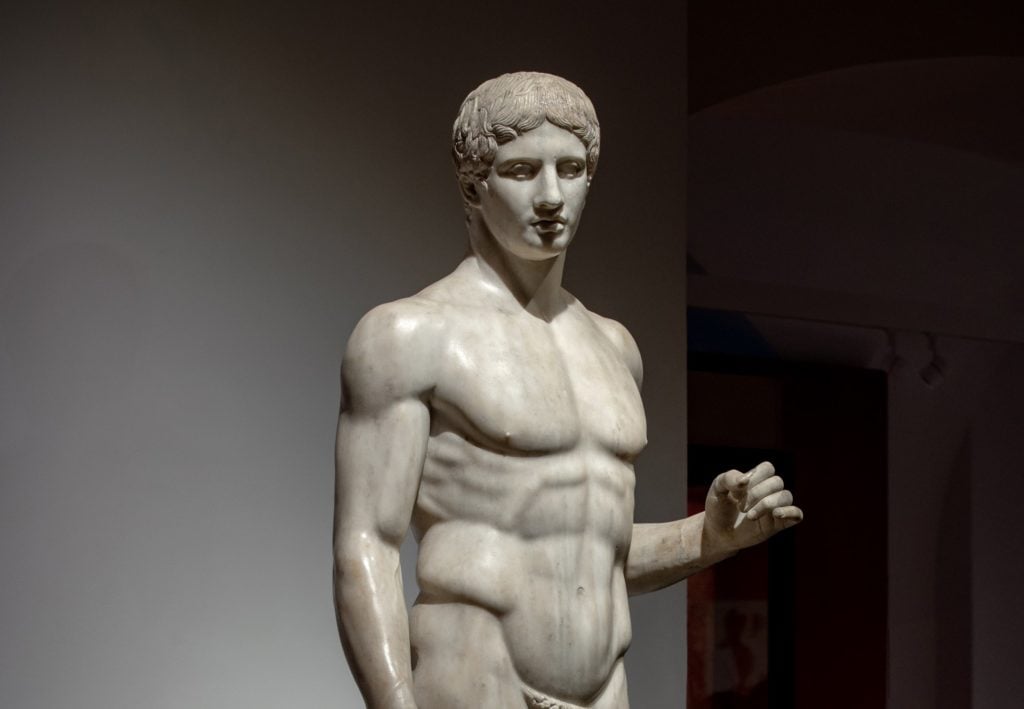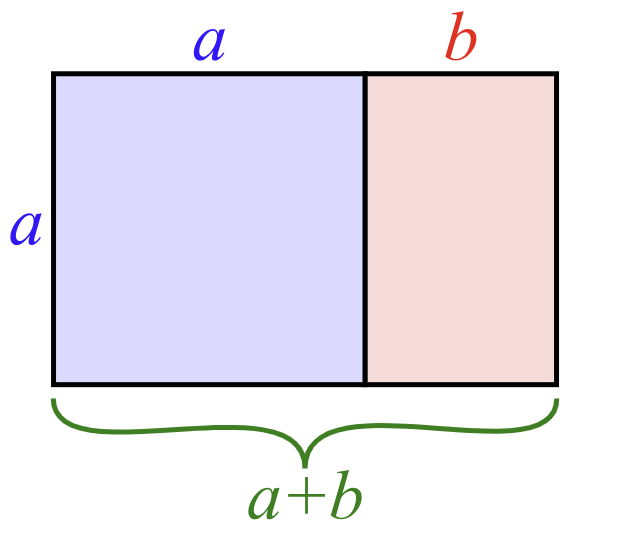
Over the years, millions of people have explored ancient Greece’s golden ratio, a magical number that has fascinated the minds of experts and amateurs alike for centuries.
At approximately 1.618, the golden ratio is not just an abstract figure of mathematics. Rather, it is a symbol of deep beauty that has inspired artists, musicians, and architects throughout history.
The mathematical marvel of the golden ratio
The golden ratio is a uniquely special number. It is symbolized by the Greek letter phi (Φ). To understand it, imagine cutting a line into two pieces so that the large piece divided by the small piece is the same as the whole line divided by the big piece.
This special way of splitting a line exemplifies the golden ratio. As we can tell, it is not just like any other number. This 1.618 figure is a magic number that pops up everywhere we look into it.

The golden ratio in nature and art
You can see this captivating and mysterious magic of harmony in the swirling of galaxies or the way plants grow. You can even witness it in the shapes of animals and humans. It is in the sparkling structure of crystals, too, and it’s not just in nature, as you might think.
Artists and architects from ancient Greece all the way to the modern era have used the golden ratio to make their works more aesthetically pleasing. Think about the ancient Parthenon in Athens or the famous paintings by Leonardo da Vinci, such as the “Vitruvian Man” and the “Mona Lisa.” What do they have in common? You guessed it—phi.
This is why the concept of the golden ratio goes beyond mere mathematics. It’s about finding a perfect balance that simply feels right when you look or listen to it. It connects the real world with the world of ideas in a uniquely mysterious way and mixes science with art and feelings with reality. This blend makes the golden ratio unbelievably fascinating. What is it, and why is it there? Is it even real, or is it just a coincidence that fascinates our imaginations? The answers to these questions remind us of the search for beauty and perfection in the patterns that surround us. It shows us how everything is harmoniously connected in this world, regardless of human understanding.
The ancient Greeks and the golden ratio
The ancient Greeks, as with anything else they dealt with, were onto something special with this ratio. They didn’t just use random numbers whilst walking around on a sunny evening near the beaches of the Aegean Sea. Many believe they used it in their art and buildings, statues, temples, and many other things, creating masterpieces that still dazzle us today. One can claim that the golden ratio became a secret recipe for perfection for the ancient Greeks.
Pythagoras and Euclid: Pioneers of mathematical beauty
Can you fathom that Pythagoras and Euclid, two of the most influential ancient Greeks, were fascinated by this humble number? Pythagoras saw the golden ratio as a cosmic harmony, while Euclid called it the “extreme and mean ratio.” These two mathematicians weren’t just number nerds, as someone might call them today. They were visionaries who shaped our world with their mathematical logic.
Next time you see and admire an ancient Greek temple or work of art, remember—there’s so much more to it than meets the eye of the 21st-century man. This is the reason why we always need to remember that the golden ratio isn’t just a number that was calculated thousands of years ago. It is a gateway to a world where beauty and math dance together in perfect harmony, creating results that please the human senses.

Tracing the footsteps of these ancient Greek mathematic masterminds, we see that the history of the golden ratio is deeply interconnected with the legacies of Pythagoras and Euclid. Pythagoras, an expert in both mathematics and philosophy, perceived this ratio as a key to the harmony of the universe. Conversely, Euclid thought of it as an extreme element of perfection.
These historical figures combined their mathematical genius with the arts and architecture, setting the foundations of Western mathematics as we know them today. Their groundbreaking work on the golden ratio helped insert a “divine” elegance into masterpieces of Greek music, sculpture, and architecture among many other artworks and constructions.
Far from mere academics, these two figures were true mathematic pioneers. They charted the course of Western mathematics and enhanced Greek artistic and architectural achievements with a…touch of golden ratio magic!
Hence, whenever someone examines the Greek world of mathematics and art, the myths around the golden ratio provide us with a better idea as to what the ancient Greeks thought of it.
However, it’s not all that simple. Recent studies suggest the ancients might not have been as precise with it as we previously thought, casting doubts in what we thought the Greeks knew about the golden ratio. Of course, one might argue that in the grand scheme of things, it really doesn’t matter. This is especially so when we consider the marvels that the Greeks created, regardless of whether they were based on this ratio or not.
The golden ratio in modern creativity
In today’s world, the golden ratio still captivates us. It continues to spark creativity in design, art, and science among other areas. Our fascination with patterns and proportions echoes the desire of the Greeks to find beauty and meaning through harmony.
The mystery surrounding the ancient origins of the golden ratio continues to inspire modern thinkers. Even as we uncover that its historical use might have been more intricate than we thought, its legacy continues to inspire us to this day.
Using the golden ratio is like a timeless dance between the past and present, wherein this figure continues to apply its magic across different fields, connecting us to a legacy that has inspired so many.
The golden ratio’s lasting legacy
The journey of the golden ratio from ancient calculations to modern fascination shows that our search for beauty and order is never ending. While some believe that its impact on Greek art may be more legend than fact, it makes us wonder about the blend of math and creativity when it comes to artistic expression.
Whether rooted in history or myth, the golden ratio’s tale continues to inspire us to explore how balance and proportion shape our perception of the universe and our humble understanding of what is beautiful and what is not.
It prompts us to rethink how we define beauty and harmony today in a world so saturated with audio and visual stimuli.
See all the latest news from Greece and the world at Greekreporter.com. Contact our newsroom to report an update or send your story, photos and videos. Follow GR on Google News and subscribe here to our daily email!



